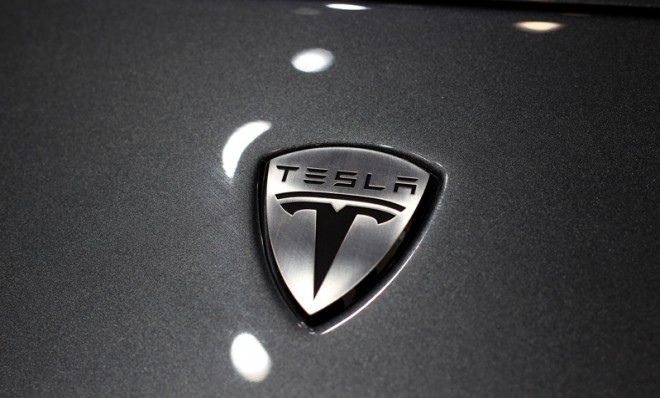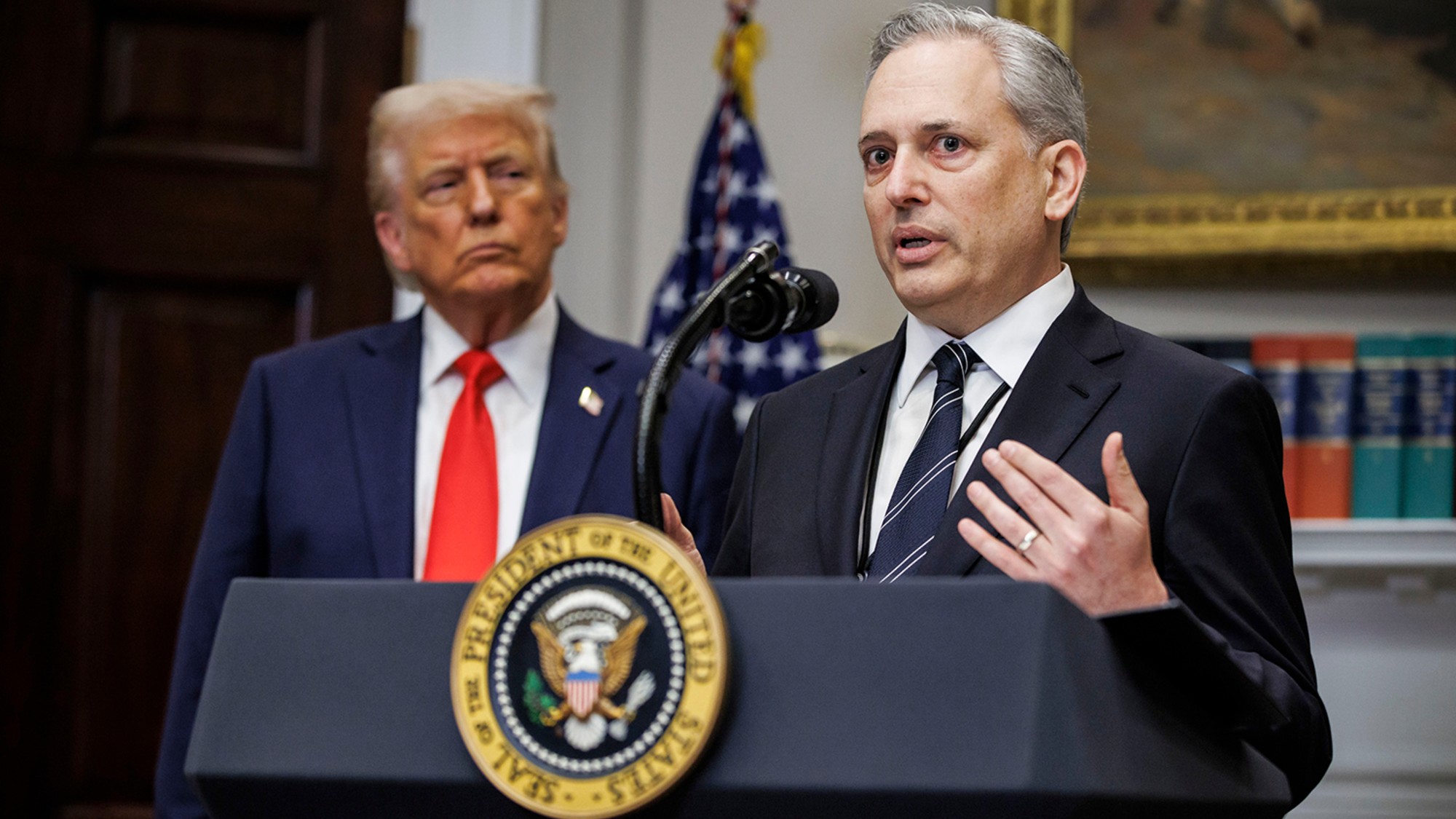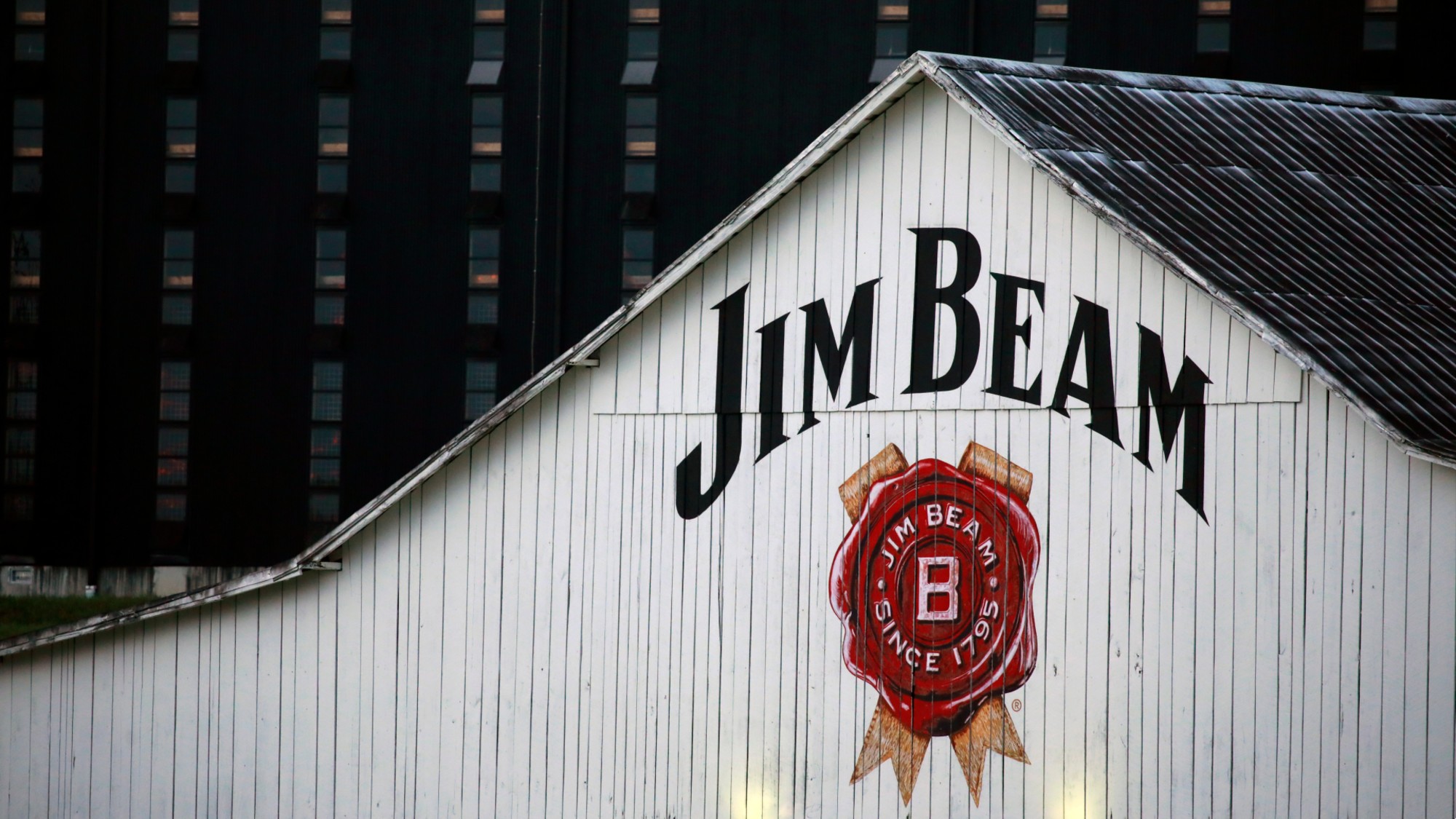How Tesla finally turned a profit
California's zero emissions vehicle credits certainly came in handy

After 10 years in the red, electric car company Tesla Motors made good on last month's promise and reported $11 million in net income for the first quarter of 2013 — Tesla's first profit ever. By contrast, this time last year Tesla was reporting a $90 million quarterly loss.
Overall, total revenue shot up to $562 million, an 83 percent rise from the first quarter last year. Adjusted earnings clocked in at 12 cents per share this quarter — crushing Wall Street's expectations of 4 cents.
Also boosting the fortunes of the electric car maker: Consumer Reports just published a glowing review of Tesla's Model S electric sports car, awarding it the influential reviewer's highest possible rating: 99 out of 100. An excerpt:
The Week
Escape your echo chamber. Get the facts behind the news, plus analysis from multiple perspectives.

Sign up for The Week's Free Newsletters
From our morning news briefing to a weekly Good News Newsletter, get the best of The Week delivered directly to your inbox.
From our morning news briefing to a weekly Good News Newsletter, get the best of The Week delivered directly to your inbox.
With its hefty 85-kWh lithium-ion battery, our Tesla is easily the most practical electric car we've tested. Though the Ford Focus Electric and Nissan Leaf can go about 80 and 75 miles, respectively, before needing a charge, our Model S has been giving us around 200 miles: ample for commuting, running plenty of errands, and still being able to take the long, winding way home. [Consumer Reports]
Wall Street seems to be buying the hype surrounding the once-maligned maker of battery-powered luxury cars, too. Share prices are already up some 25 percent since yesterday.
Tesla sold nearly 5,000 of its electric Model S sedans in the first quarter, and expects to deliver more than 20,000 of the pricey cars in the U.S. this year. That would be more than four times the U.S. sales of other super-high-end cars like Maserati, Lamborghini and Ferrari combined, according to the Wall Street Journal. And it would double the U.S. sales of the Nissan Leaf — America's best-selling purely electric car.
So how did Elon Musk, Tesla's founder and CEO, turn things around?
For starters, 12 percent of Tesla's revenue — $68 million — came from selling its zero emission vehicle credits to other automakers. In an effort to ensure that 15 percent of cars on the road are green by 2025, the California Air Resources Board requires that all car makers produce a certain number of "green" vehicles each year. Automakers like Tesla, which produce well more than their share of green cars, get an abundance of zero emission credits, which they can sell to other automakers who fail to meet the Golden State's tough standards. As the Los Angeles Times says, "The credits, coupled with state and federal incentives to buyers, can add as much $45,000 for each Model S sold. No other automaker in the country enjoys such an advantage."
A free daily email with the biggest news stories of the day – and the best features from TheWeek.com
In addition to that helping hand from the government, Wired reports that Tesla has found a revenue stream by helping other carmakers develop and refine electric vehicles of their own. Of Tesla's $562 million in revenue, a not-insignificant "$7 million came from development services for the Mercedes-Benz B-Class Electric and Toyota RAV4 EV."
But plenty of Tesla's growth was independent of other automakers. In the last quarter, the company got faster at building the Model S, its $70,000 mid-range vehicle — by cutting the number of hours required to build one by 40 percent, said Reuters. That allowed the company to ramp up production. Tesla also reportedly improved inventory management to reduce logistics costs.
Investors and auto-industry insiders have been eager to see whether electric car makers like Tesla and Fisker — not to mention traditional auto companies trying their hand at EVs — can find success. This push seems particularly pressing considering the Obama administration's new fuel-efficiency standards for cars and light trucks, which mandate that automakers double the average fuel efficiency of their fleets to 54.5 miles per gallon by 2025.
But it's worth remembering that despite Tesla's recent flurry of successes, the electric car maker hardly has everything figured out. As Spencer Jakab at The Wall Street Journal notes, even with sky-high pricetags like those on the Tesla Model S, automakers still "lose thousands of dollars per vehicle on electric cars today," relying instead on government subsidies to pad their bottom lines. That means that much of Tesla's "profit could be erased in a few strokes of a government pen" — making the company's prospects "hazy."
Carmel Lobello is the business editor at TheWeek.com. Previously, she was an editor at DeathandTaxesMag.com.
-
 Trump vs. states: Who gets to regulate AI?
Trump vs. states: Who gets to regulate AI?Feature Trump launched a task force to challenge state laws on artificial intelligence, but regulation of the technology is under unclear jurisdiction
-
 Decking the halls
Decking the hallsFeature Americans’ love of holiday decorations has turned Christmas from a humble affair to a sparkly spectacle.
-
 Whiskey tariffs cause major problems for American distillers
Whiskey tariffs cause major problems for American distillersIn the Spotlight Jim Beam is the latest brand to feel the pain